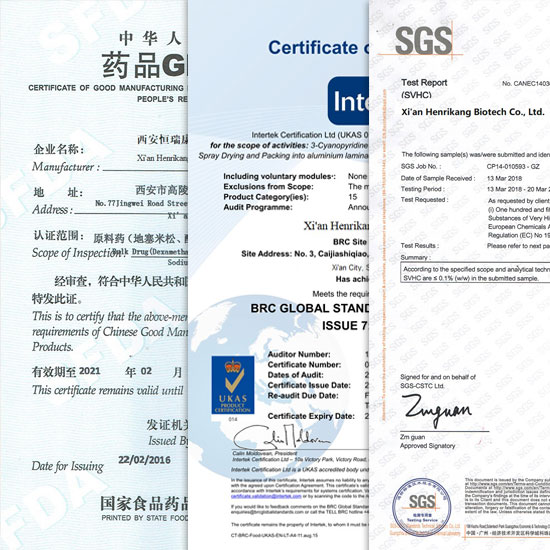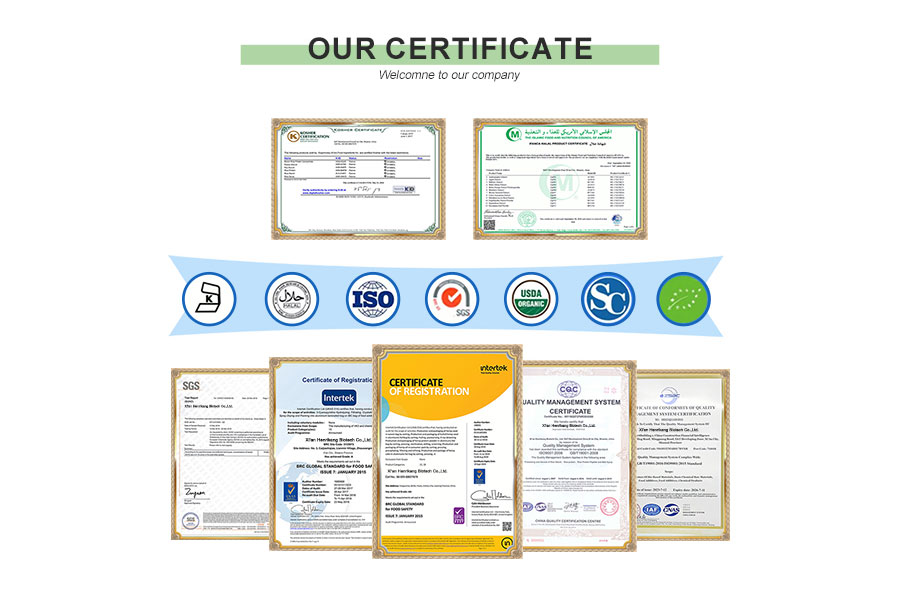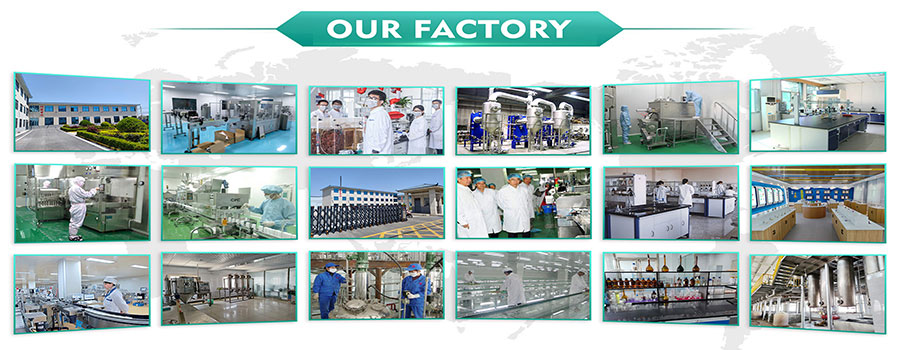





Related Attributes
Product details
Micronomicin is a colourless or almost colourless clear liquid, it can inhibit bacterial protein synthesis, and also has the effect of destroying bacterial cell wall, the antibacterial spectrum is similar to gentamicin. It is mainly used for respiratory, urinary, intestinal, eye, ear, nose and throat infections caused by sensitive Gram-negative bacteria and drug-resistant Staphylococcus aureus, as well as septicaemia, pus, osteomyelitis, pelvic inflammatory disease and so on.

Uses and functions of Micronomicin.
Micronomicin can inhibit the synthesis of bacterial proteins, and at the same time has the effect of destroying the bacterial cell wall, the antibacterial spectrum is similar to that of gentamicin.
It has antibacterial effect on both gram-negative and positive bacteria, with strong antibacterial activity against Staphylococcus aureus, Staphylococcus epidermidis, Pseudomonas aeruginosa, Serratia marcescens, Escherichia coli, etc., and it is also sensitive to Streptococcus and Pneumococcus, but it has a weaker effect on anaerobic bacteria and certain haemolytic streptococci.
Characterised by its stabilisation against the aminoglycoside acetyltransferase AAC(6`), it still has antimission activity against drug-resistant bacteria that produce this enzyme.
It is especially used for respiratory, urinary, intestinal, eye, ear, nose and throat infections caused by sensitive Gram-negative bacteria and drug-resistant Staphylococcus aureus, as well as sepsis, pus, osteomyelitis and pelvic inflammatory disease.

Pharmacological Effect of Micronomicin.
Micronomicin is an aminoglycoside antibiotic. The antimicrobial spectrum is similar to that of gentamicin, and it has antibacterial effect on gram-negative bacteria such as Escherichia coli, Aerobacter aerogenes, Klebsiella, Proteus mirabilis, certain indole-positive Proteus mirabilis, Pseudomonas aeruginosa, certain Neisseria, certain non-pigmented Serratia and Shigella.
Among the Gram-positive bacteria, Staphylococcus aureus (including the production of ? Staphylococcus aureus (including lactamase-producing strains) is sensitive to the product; streptococci (including Streptococcus pyogenes, pneumococci, Streptococcus faecalis, etc.) are resistant to the product. Anaerobes (Mycobacterium avium), Mycobacterium tuberculosis, Rickettsiae, viruses and fungi are also resistant to the product.
Micronomicin is stable to AAC (6'), an aminoglycoside acetyltransferase produced by bacteria, so it still has antibacterial activity against bacteria resistant to kanamycin, gentamicin, amikacin, ribomycin and so on due to the production of this enzyme.
The lowest inhibitory concentration of Micronomicin is 0.1~6.25mg/L.
The mechanism of action of Micronomicin is to bind to the 30S subunit of bacterial ribosome and inhibit bacterial protein synthesis.

Precautionary of Bulk Micronomicin Powder.
1. Adverse reactions include ototoxicity, nephrotoxicity, neuromuscular blockade, blood changes, liver function changes, gastrointestinal reactions and injection site pain and hardness. In individual cases, anaphylaxis may occur.
2. Generally for intramuscular injection only, not for intravenous administration. 3. Elderly people should reduce the dosage of the drug.
WHY CHOOES US?

OUR CERTIFICATE

CUSTOM PROCESS

OUR PACKAGE

OUR EXHIBITION

OUR FACTORY

Shipping

Pharmaceutical Intermediate manufacturers
©2022 Xi'an Henrikang Biotech Co., Ltd.,